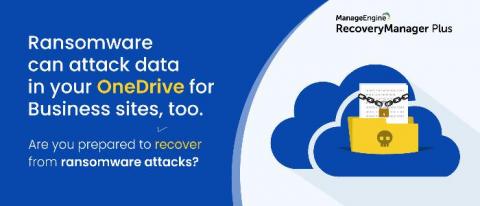Security | Threat Detection | Cyberattacks | DevSecOps | Compliance
Security
Code Sight IDE Plugin Combines SAST and SCA to Analyze Proprietary and Open Source Code | Synopsys
Simplify Healthcare Compliance with HITRUST
A Guide to Digital Privacy for You and Your Family
Having worked with many individuals responding to incidents where their digital private images were shared without consent, social media or email accounts had unauthorised access, and even physical safety was a concern, it is all too familiar how terrifying the unknown can be. As someone who has been on both the victim’s and later the responder’s side, I am qualified to express both the terror and knowledge of things you can do to take back control.
Supercharging Workload Security in Your K8s Cluster
2019 was a big year for Kubernetes adoption, and 2020 is sure to exceed that pace. Already, we have seen a large number of organizations migrating their workloads to Kubernetes (k8s) both in public and private clouds as they embrace a hybrid cloud strategy. With so much at stake, what are you currently using for network security inside your k8s cluster?
New PayPal phishing scam seeks to go beyond login credential information
Up until now, some of PayPal users’ greatest fears in terms of cybersecurity were phishing scams aimed at obtaining their login credentials. In January of this year, PayPal confirmed a high-severity bug affecting the login form, with PayPal security investigator, Alex Birsan, finding a javascript file with what looked like a CSRF token and a session ID – which makes login information vulnerable to attackers.
Recovering from OneDrive for Business ransomware attacks
Ransomware has been a growing threat in recent years, and experts now estimate the cost of these attacks at $7.5 billion in the USA alone in 2019. The affected institutions include 966 government agencies, educational establishments, and healthcare providers. Since most ransomware attacks stem from a small mistake made by one end user, either through phishing emails or stolen credentials, the threat is only expected to increase in the years to come.
What's new in Sysdig Secure: January 2020
We’ve been busy this New Year (a rather warm one in San Francisco) to bring you exciting new ways to secure your DevOps journey. Read on for the details and see how you can put them to use!
Email alerts from IIS (and other) log files in real time with EventSentry Light
How to Manage Third-Party Risk
Engaging with third-party vendors for the provision of goods and services isn't new. The level of digital transformation, paired with the number of third-party relationships and business partners the average organization has is. Third-party risk management programs need to evolve the manage this ever evolving type of risk exposure. Enterprise-wide organizations rely on third and fourth-party vendors. And many of them have access to sensitive data.











